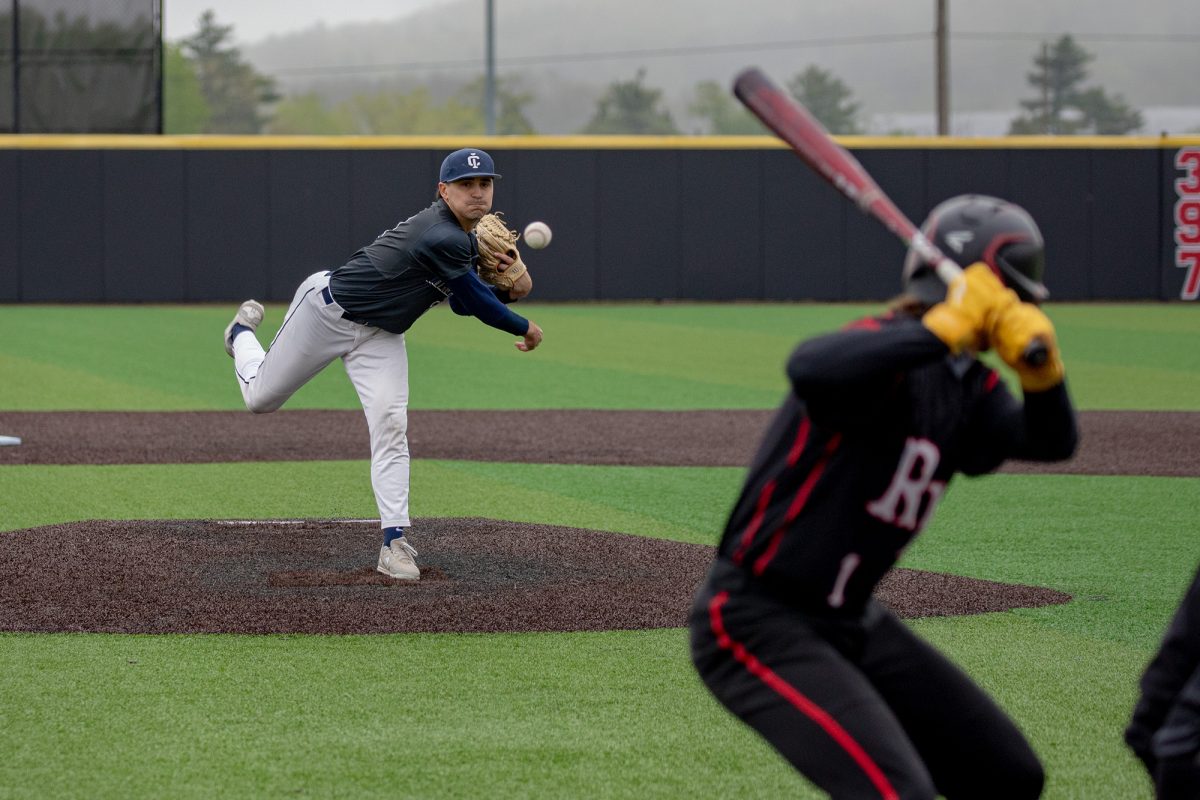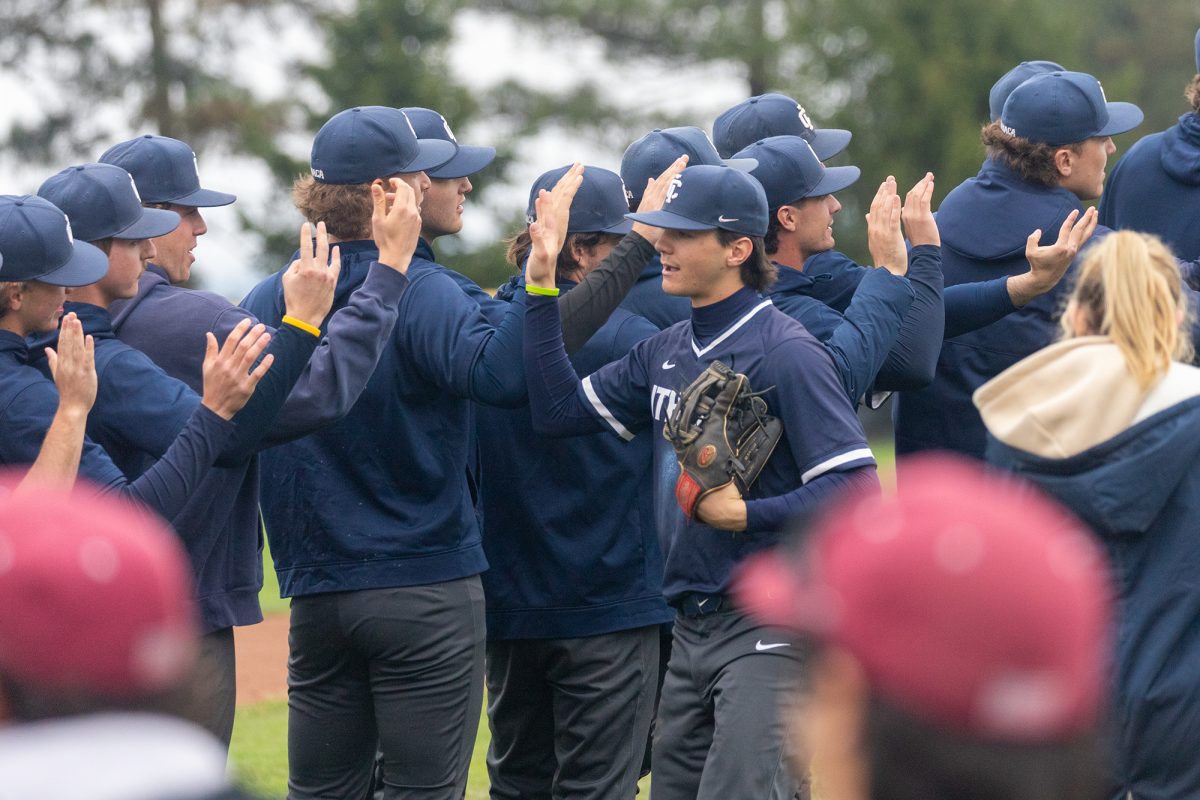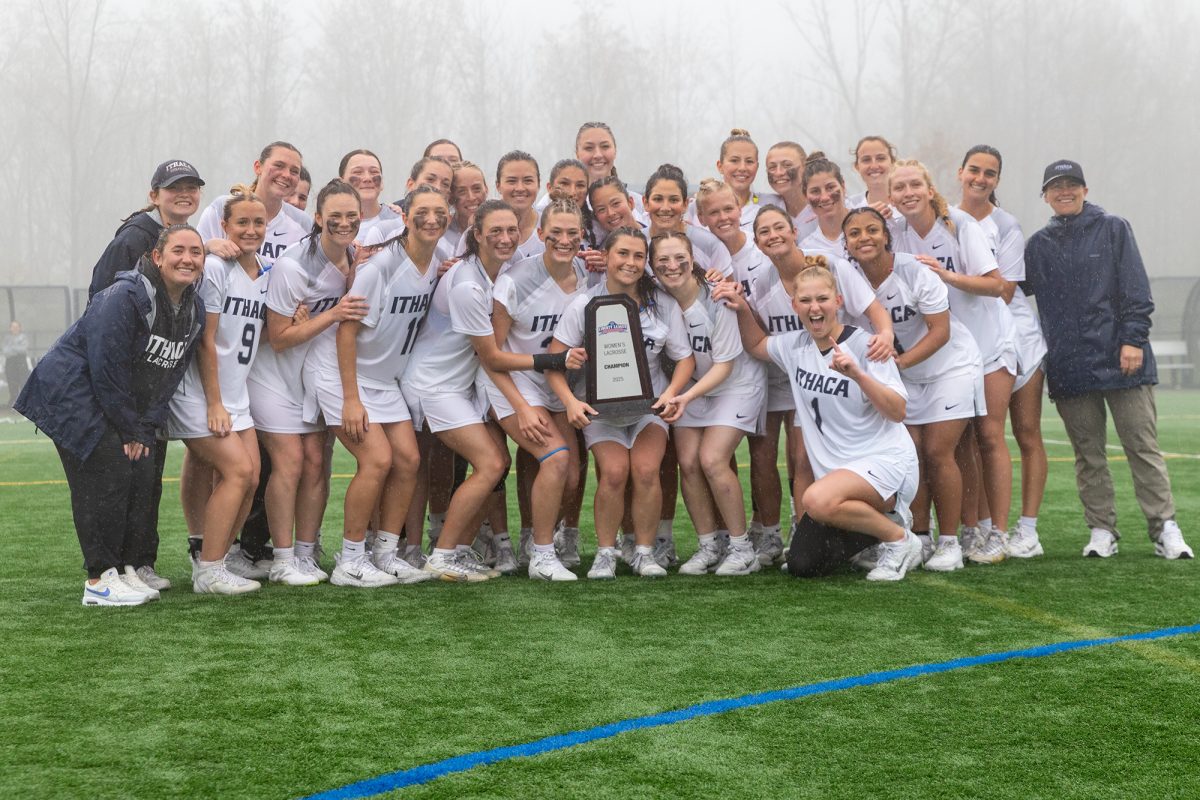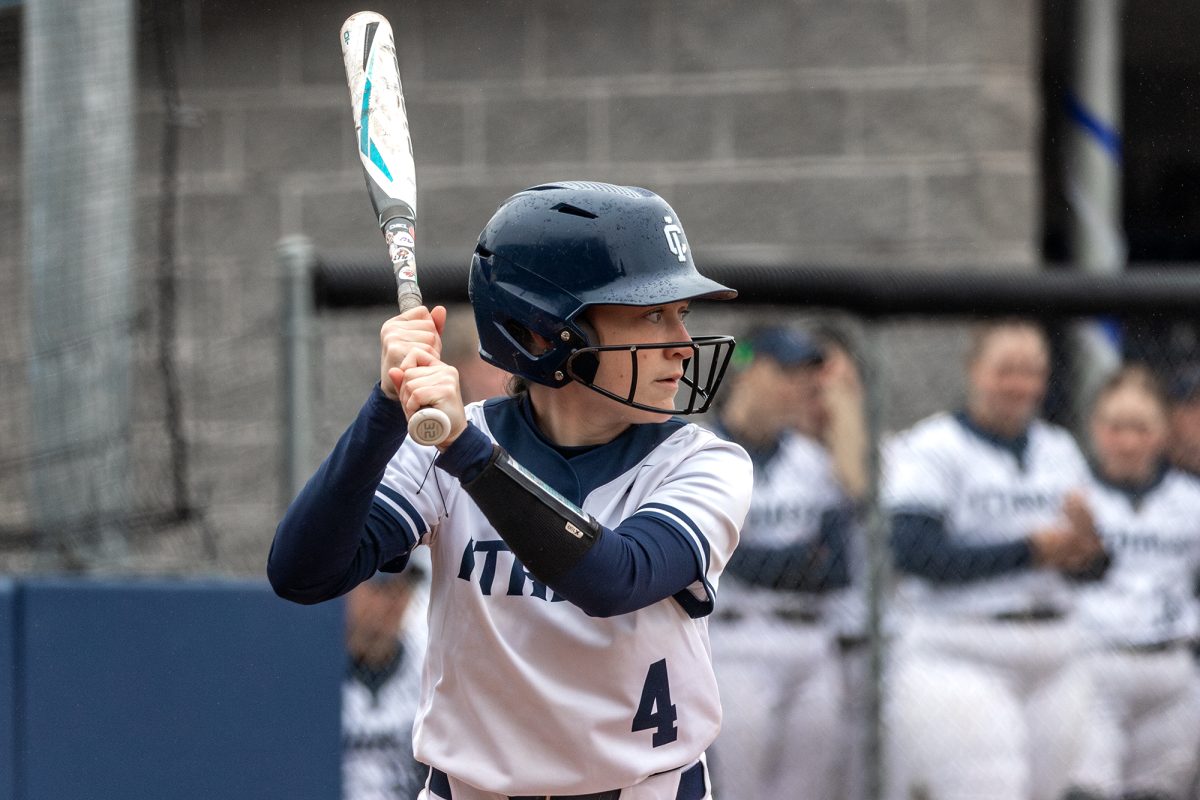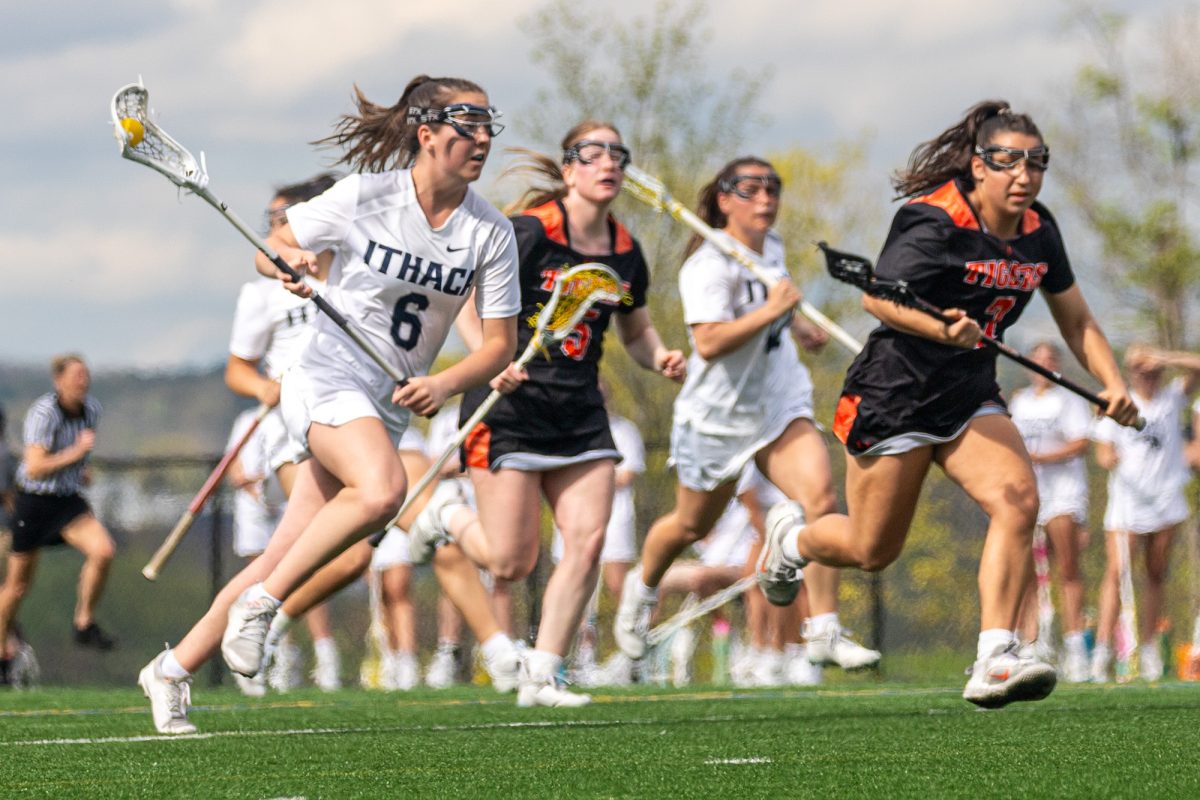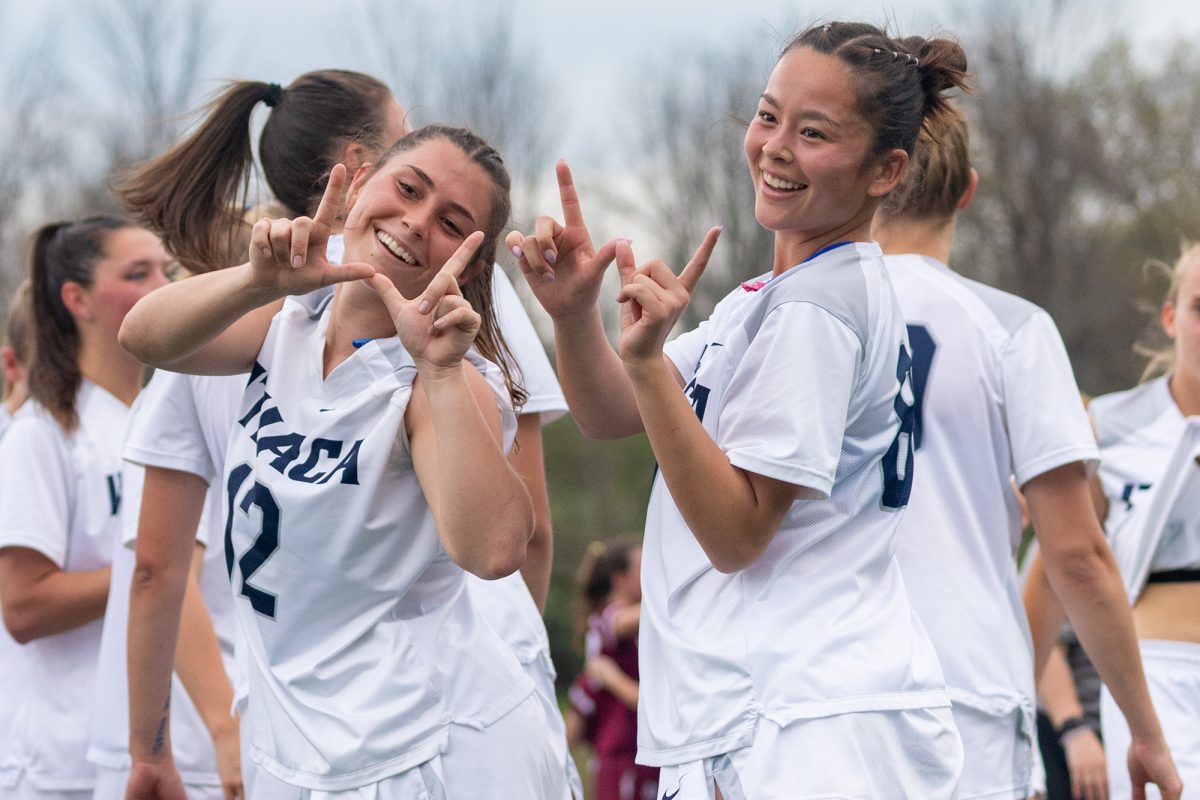Every year, around the time of the Final Four, there are grumblings about college athletes — particularly football and men’s basketball players. These grumblings usually involve the question of should these athletes be paid? What these critics fail to realize is that college sports, Division I athletics in particular, are much bigger than the few star players and teams that play under the bright lights, and the same rules have to be applied for everyone.
Major college athletic programs are not drowning in cash like many think they are. In fact, only 22 Division I athletic programs generate a profit. Football and men’s basketball are the primary revenue generating sports, but 42 percent of DI football programs and 44 percent of men’s basketball programs lose money just like the rest of the sports. The gap between the money the revenue-generating departments make and the money the rest of colleges lose is growing, and paying players would only serve to widen that gap.
The richest athletic programs already have the most money to build the best facilities and hire the best coaches to attract the best players who win the most money. This packs the stadiums, which generates more revenue feeding into the cycle and keeps the top programs on top. Lesser athletic programs often drive themselves into debt trying to keep up. The University of Maryland had a run of football success in the early 2000s, so the college renovated its football stadium and installed a bunch of luxury boxes and waited for the money to start pouring in. The problem is, Maryland football is not Penn State football, and the program soon returned to mediocrity, and the luxury boxes went unsold. The athletic department suffered a crushing debt, leading to seven sports teams being cut in 2012.
If players were paid, problems like this would only be more common. Alabama and Louisville could certainly afford to spend as much as they wanted to bring the best players, but what about Boise State University or Florida Gulf Coast University? If players were paid, the top programs would remain on top even more so than they already do.
I was fortunate enough to qualify for the Division III cross country national championships this fall, and for all intents and purposes, my airfare, hotel rooms and all other expenses were paid for with the money the NCAA made from the television rights of March Madness. The big-time sports receive far more funding and scholarships from their universities than sports like cross country, as they should. They are far more valuable to their institutions. It may be self-serving, but I enjoy the fact that smaller sports can continue to exist in relation to the big-time revenue generators. Paying college athletes would create an arms race that could put this relative balance in jeopardy.


